Game Of Thrones: A closer look at the planned prequel series
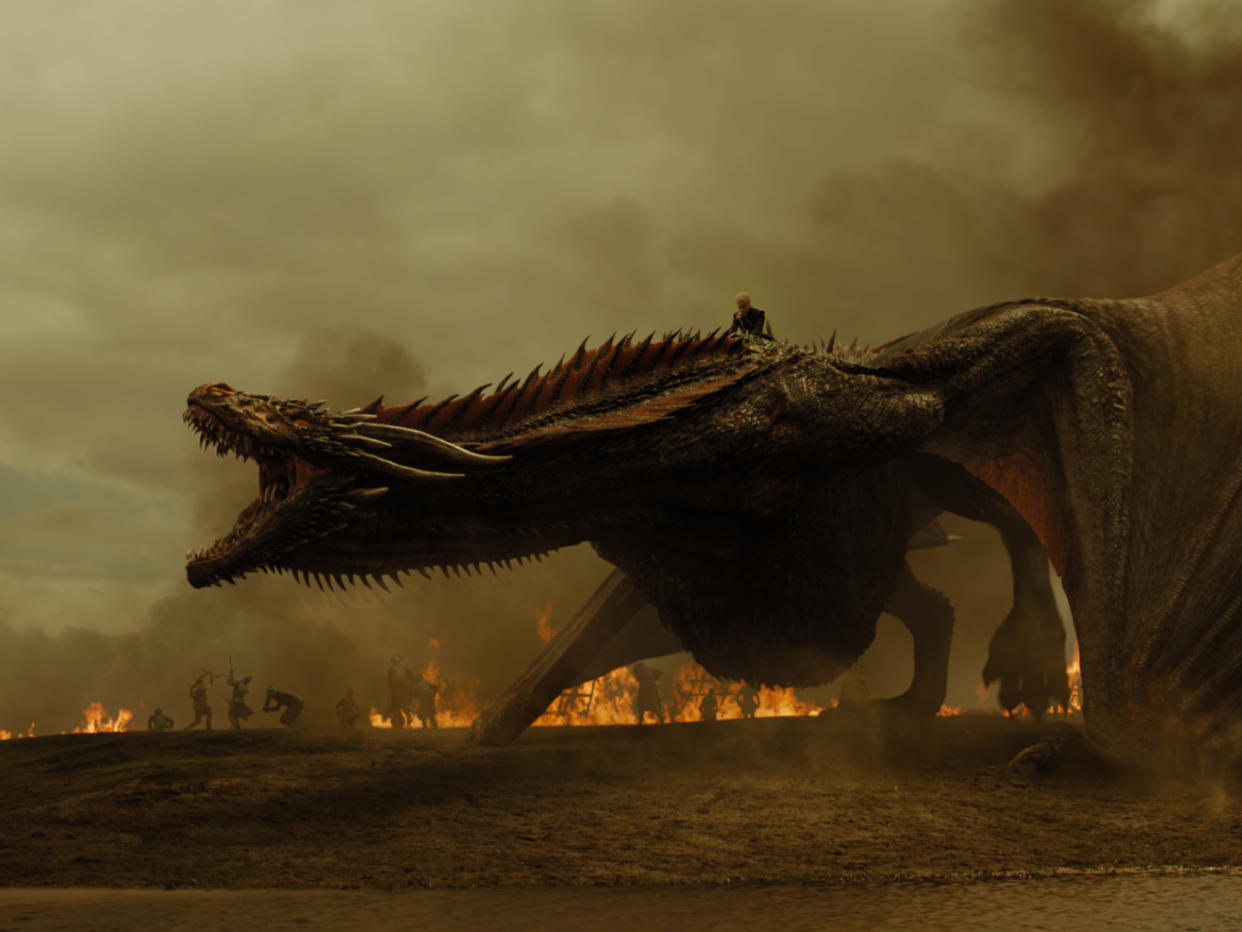
It’s been common knowledge for some time now that HBO has had five potential Game Of Thrones spin-off shows in development. This past weekend however it was confirmed one of the five has now been ordered to pilot. The show in question will be a prequel series co-written by screenwriter extraordinaire Jane Goldman (Stardust, Kick-Ass, Kingsman, X-Men: First Class etc) and George R R Martin himself.
The new series will have a markedly different setting to Game Of Thrones however as it will take place some 10,000 years prior to current events in Westeros during an era known as “The Age of Heroes”. According to the official press release:
“Taking place thousands of years before the events of Game of Thrones, the series chronicles the world’s descent from the golden Age of Heroes into its darkest hour. And only one thing is for sure: from the horrifying secrets of Westeros’s history to the true origin of the white walkers, the mysteries of the East to the Starks of legend… it’s not the story we think we know.”
The Age of Heroes
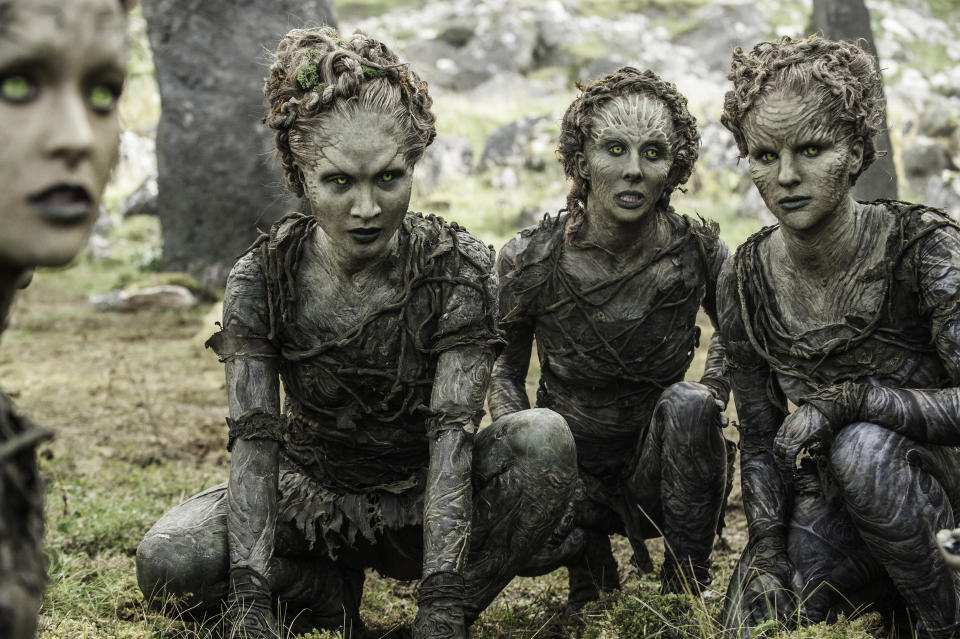
So what exactly is The Age of Heroes? Broadly speaking, it refers to a time period roughly 10,000 years before the Game Of Thrones stories of Jon Snow, Daenerys and Cersei. Given the sheer volume of lore and world-building that George R R Martin has done for his A Song of Ice and Fire novels, it’s no surprise to learn that he already has the broad strokes of tens of thousands of years of history planned out. However, exact details of this era are kept quite purposefully vague.
The Age of Heroes began following the signing of a peace treaty between the Children of the Forest (last seen helping Bran out beyond the Wall), and the First Men (a race of early men whose customs live on in the Houses of the North) known as “The Pact”. The age as a whole lasted for around 4000 years and was ended by the invasion of the Andal people from Essos. The arrival of whom forever changed the landscape and social make-up of Westeros.
In terms of references to this era in Game Of Thrones thus far, there hasn’t been a whole lot of crossover. Way back in season 1 we saw Old Nan regale a young Bran Stark with tales from this bygone age, and then many seasons later we also witnessed the creation of the first White Walker during a Bran flashback. In that memorable scene, we were whisked back to a period before The Pact when the Children and the First Men were still at war. Given that the press release refers to the White Walker’s “true origins” however, it seems likely that there is far more to this story than we have thus far been privy to.
The Darkest Hour

The “darkest hour” referred to in the official press release could potentially have referred to the Andal invasion. It was an era of great upheaval and immense conflict which forever changed the shape of Westeros. However, the more likely direction the show will take is that it will cover a period of The Age Of Heroes known as “The Long Night”. This is given further credence by a blog post from George R R Martin himself in which he states:
We’re very early in the process, of course, with the pilot order just in, so we don’t have a director yet, or a cast, or a location, or even a title. (My vote would be THE LONG NIGHT, which says it all, but I’d be surprised if that’s where we end up. More likely HBO will want to work the phrase “game of thrones” in there somewhere…)
The Long Night
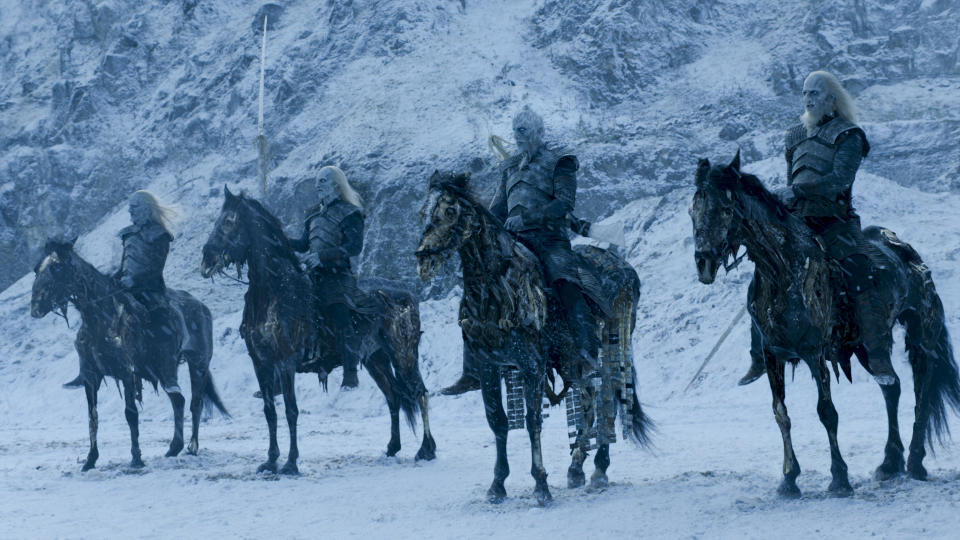
The Long Night was said to have occurred roughly 8000 years before the current series. It marked a time when a cruel winter gripped the known world, spreading famine and plunging it into darkness. During this time, “the Others” emerged from the Land of Always Winter in the north to wage war on the living. The creatures we now know as the White Walkers were buoyed by the prevailing winter and very nearly destroyed the inhabitants of Westeros. Sound familiar?
The army of the dead were finally defeated by the prototype Night’s Watch in an epic battle known as “The Battle for the Dawn”. The result of which was that the Others were driven back into the icy wastes, the Wall was constructed to keep them at bay and the savage winter was brought to a close.
Essos
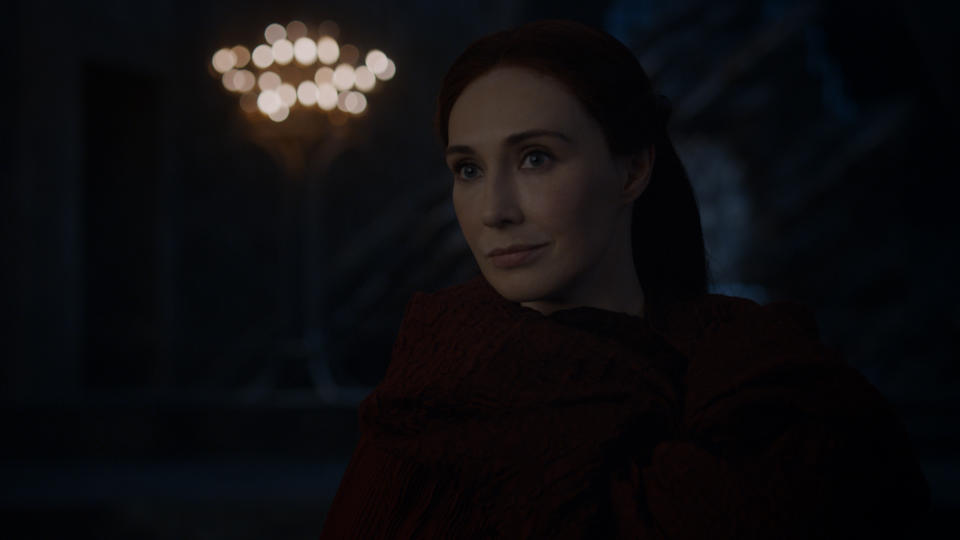
Over on Essos, the Andals being forced out by the Valyrians could well have occurred several thousand years after The Long Night, but these two eras could very easily be compressed. The discovery of dragons and the rise of Valyria could well therefore be part of the “Mysteries of the East” referred to in the press release. Likewise, we could also see more of the ancient Asshai’i mystics (Melisandre’s gang) whose mysterious homeland at the far East of Essos, “the Shadow Lands”, has long been rumoured as the birthplace of dragons.
Martin’s history of Westeros is detailed, but by design that era is left fairly vague. Maesters and academics in Game Of Thrones often place the same ancient event thousands of years apart. The stories from this era were also not written down as such, but rather passed down in story form from generation to generation. Naturally therefore there was ample room for exaggeration and error.
Combining these seismic events, even ones from supposedly different time periods, wouldn’t take too much of a creative leap.
Bran the Builder
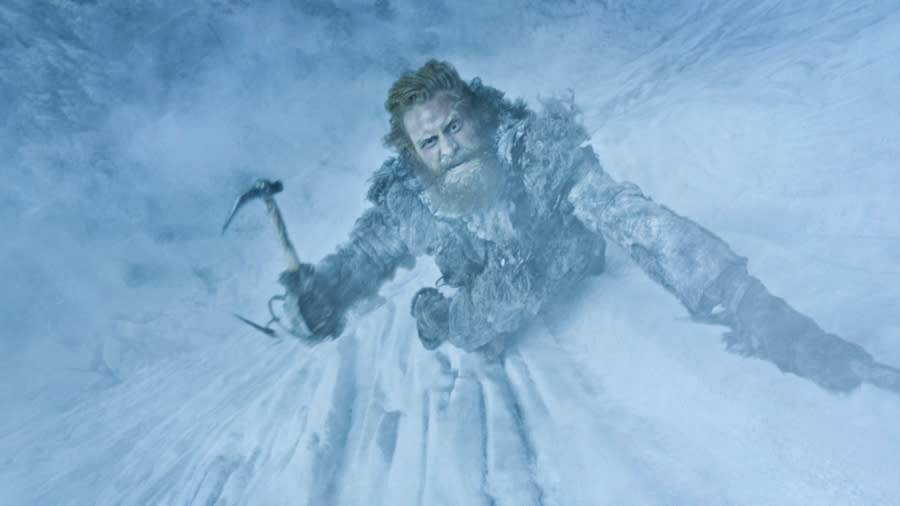
One prominent hero in the tales told from the Age of Heroes was Bran the Builder. Bran was the founder of House Stark who was also credited with building both Winterfell and The Wall. It stands to reason therefore that he could well be the Stark of legend mentioned in the press release.
Around the same time meanwhile, House Lannister also came into being when Lann the Clever cheated House Casterly out of their ancestral home. A quick-witted trickster, Lann’s exact heritage is up for debate, as is the nature of how he managed to obtain Casterly Rock from its previous owners. Regardless of the exact details of his great swindle however, a quick-witted Lannister is always a joy to watch.
With Bran and Lann involved we could also potentially see the origins of the age old rivalry between House Stark and House Lannister that remains at the core of Westerosi politics to this day.
There are plenty of other legendary characters from this era that could also be incorporated into the show. These include “The Last Hero”, who played a crucial part in the Battle for the Dawn, or even Azor Ahai, the mythical character who supposedly fought against the darkness during the Long Night by using a flaming sword known as Lightbringer. Often used interchangeably with “The Prince that was Promised”, the return of Azor Ahai incarnate is a prophecy strongly believed by many in the present day of Game Of Thrones, so it could be interesting to see where the legends first stemmed from.
The Night’s King of legend
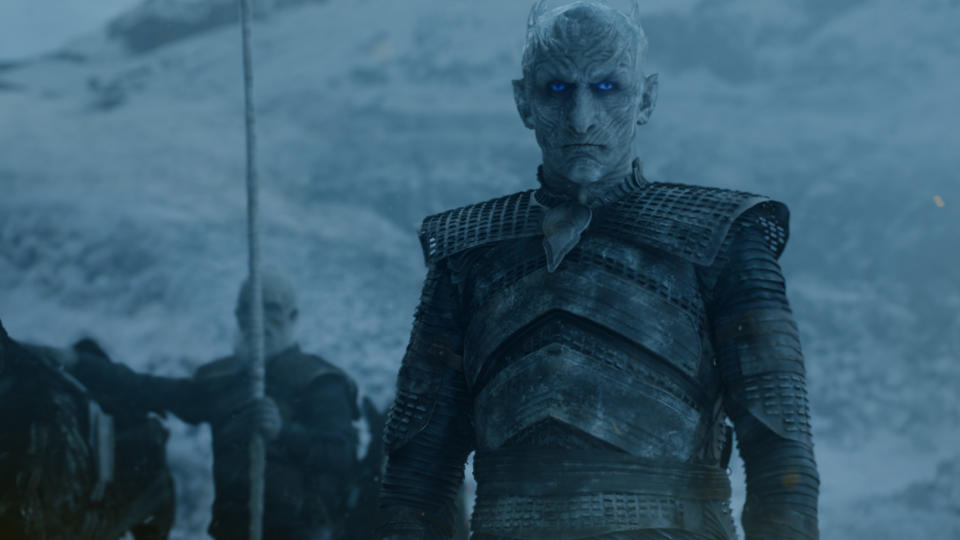
One character who may be worked into the new show is the Night’s King of book lore. Now this is where it gets a little confusing as technically this would be a different character to the Night King we see on the show. The Night’s King (the one with an apostrophe) was rumoured to be the 13th commander of the Night’s Watch who fell in love with a woman “with skin as white as the moon and eyes like blue stars”. In other words, he fell in love with one of the Others.
This romance led to a 13 year reign of terror which was ended by the King in the north, Brandon the Breaker (another Stark) and Joramun, the King Beyond the Wall, who teamed up to take the Night’s King down.
These events are said to have occurred after The Battle for the Dawn however, so what we may see is elements of this story incorporated into the backstory of the Night King we know from TV lore instead.
Even if this element of the legend isn’t used at all, it would be very surprising if we didn’t see at least some further backstory for the Night King following his creation by the Children of the Forest.
Westeros
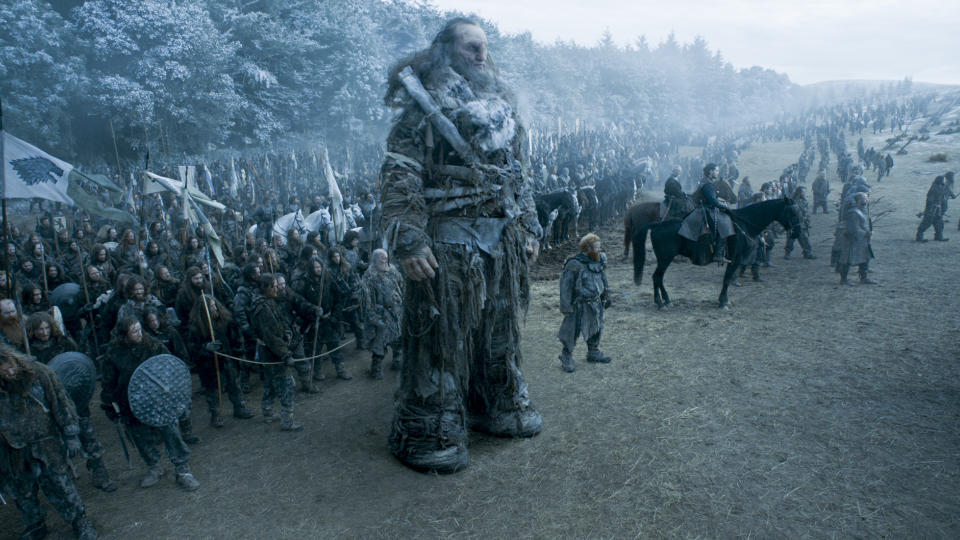
The land of Westeros was a very different place during the Age of Heroes. We can expect a more lawless, divided and dangerous land as the action is set long before the seven kingdoms became a single political entity.
The inhabitants of the continent would appear noticeably different too. An even less refined version of the gruff, hardy men of the North would be the norm as at this time as the Andals have not yet arrived and began to interbreed. As well as the menfolk looking different however, there would also be giants, greenseers and the Children of the Forest sharing the land too.
The Long Night is a period known for its darkness, danger and destruction and the parallels with the currently pending battle between living and dead that will be resolved in season 8 of Game of Thrones will be interesting to note.
It will be great to see some of these seismic moments such as the creation of the Others, the origins of the Stark/Lannister rivalry and the constructions of the Wall. However the final line of official release is telling and could mean we are in for a big surprise. Despite the myths and legends we have heard tell of so far, the reality is not the story we think we know.
Read more on Game Of Thrones:
Game of Thrones: Ranking every season premiere thus far
Game of Thrones: Ranking every major battle thus far
20 Mind-blowing Game of Thrones Easter Eggs you might have missed

 Yahoo Movies
Yahoo Movies 
